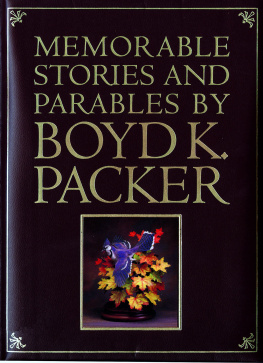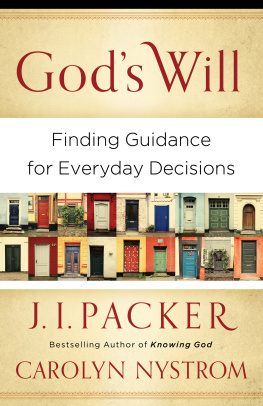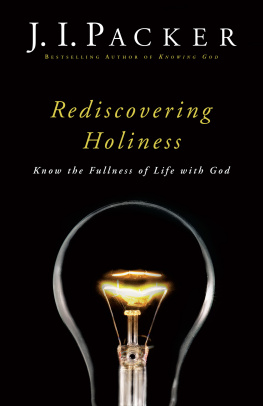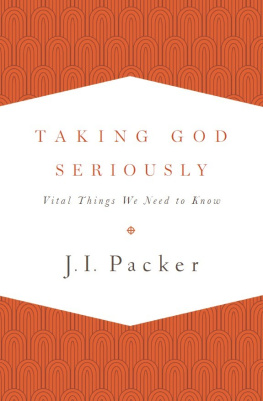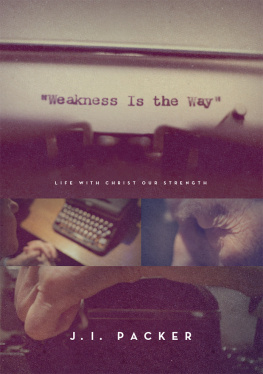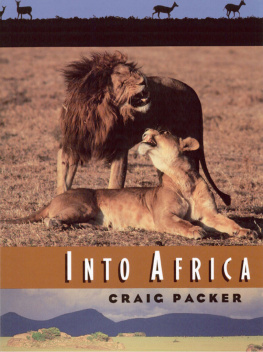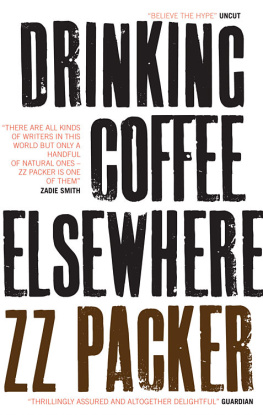Packer has a real gift for expressing complicated concepts in single yet personal anecdotes.... That, in itsef, makes The Silent Question a healing and reassuring book.
Yoga Journal
This is a rare and remarkable book. It embodies mindfulness and the fruits of mindfulness practice in their most spacious yet precise and grounded manifestations. And most remarkably, it does it through free and easy dialogue and inquiry between teacher and students. Anyone can enter here, and benefit hugely.
Jon Kabat-Zinn, author of Coming to Our Senses
Beginners mind, dont know mind, not knowing, are familiar terms for those of us who practice some form of awareness meditation. Toni Packer in simple, clear, and direct language, does a magnificent job of bringing these important concepts to life. Again and again we are brought into her way of coming to a fresh and clear mind, a mind able to see and act with wisdom and kindness. An invaluable guide for all meditators.
Larry Rosenberg, author of Breath by Breath and Living in the Light of Death
Toni Packer is a treasure. With a deep and demanding inquiry of a Zen master, she invites us back to mystery and wonder, to rediscover the innocence and wholeness that is our own true nature.
Jack Kornfield, author of A Path with Heart
Tonis voice these days comes from a space of absolute transparency. It touches us, stops our galloping minds mid-stride. We breathe, with relief and gratitude. Then, only silence.
Lenore Friedman, author of Meetings with Remarkable Women
ABOUT THE BOOK
In The Silent Question, Packer provides fresh insights on using the experiences of life that are raw, messy, painful, and sometimes full of laughter, to open a way to compassion. She urges us to let go of our thoughts and to sit in the stillness of not knowing in order to reflect upon the essential question of who we are. Packer encourages us to discover that life, energy, and insight come from the questioning, the looking, the listening.
TONI PACKER began studying Zen at the Rochester Zen Center in 1967 with Roshi Philip Kapleau (author of The Three Pillars of Zen). She teaches and leads retreats at Springwater Center in Springwater, New York.
Sign up to learn more about our books and receive special offers from Shambhala Publications.

Or visit us online to sign up at shambhala.com/eshambhala.
THE SILENT QUESTION
Meditating in the Stillness of Not-Knowing
Toni Packer
Introduction by John V. Canfield

SHAMBHALA
BOSTON & LONDON
2012
SHAMBHALA PUBLICATIONS, INC.
Horticultural Hall
300 Massachusetts Avenue
Boston, Massachusetts 02115
www.shambhala.com
2007 by Toni Packer
All rights reserved. No part of this book may be reproduced in any form or by any means, electronic or mechanical, including photocopying, recording, or by any information storage and retrieval system, without permission in writing from the publisher.
Library of Congress Cataloging-in-Publication Data
Packer, Toni 1927
The silent question: meditating in the stillness of not-knowing/Toni Packer.
p. cm.
eISBN 978-0-8348-2669-4
ISBN 978-1-59030-410-5 (alk. paper)
1. Meditation. 2. Spiritual life. I. Title.
BL627.P26 2007
204.4DC22
2006032789
To Kyle
... I beg you... to have patience with everything unresolved in your heart and try to love the questions themselves as if they were locked rooms or books written in a very foreign language. Dont search right now for the answers, which could not be given you, because you would not be able to live them. And the point is, to live everything. Live the questions now. Perhaps then, someday far in the future, you will gradually, without ever noticing it, live your way into the answer.
RAINER MARIA RILKE
Contents
T he Silent Question: Meditating in the Stillness of Not-Knowing contains a collection of talks, dialogues, and interviews that took place over the past several years. It is an attempt to convey to the reader our ways of working together at Springwater Center through presenting observations, questions, and challenges embedded in differing formats. We have repeatedly received requests from our readers to publish group dialogues that take place at the center. This book offers a variety of ways of working together in meditative inquiry.
Let me clarify a few words that are used frequently throughout this book. To my knowledge, the word awaring was first used by the Danish mystic Sunyata in his book Sunyata: The Life and Sayings of a Rare-Born Mystic. Using the verb form of awareness came quite naturally to me from my familiarity with the German word gewahren, which means becoming aware of, noticing, discovering, or seeing. The beauty of the word gewahren lies in the fact that it contains the word wahr, which means true.
The word silence is not merely intended to denote the absence of words or any kind of noise, but a state of mind that is silently open to perceiving the truth of questioning.
The sense in which I use the word question in the title of this book is not one of asking for traditional answers but rather denotes a subtle state of mind that does not know but remains open to wondering and freshly perceiving.
Every time I go over the transcript of a talk, it is surprising to discover how different it is to read transcriptions of spoken words before they are edited for the printed page. After D Allen completed the first edit of the transcript, I undertook another one, which at times resulted in rewriting (or leaving out) whole paragraphs. It isnt just the difference between speaking and reading words that brings about fresh insights into events and their expressions, but also our own inner unfolding that lets events appear different at different times.
It is not always easy reading words that come out of meditative inquiry. However, when the readers themselves have entered a state of meditative questioninglistening and looking without conclusions already in mindit will not be difficult to embrace writings that come out of the same mode. Over the years I have found that meditative inquiry that arises out of the depth of not-knowing has an amazing way of emptying the mind of ideas, thus revealing its ways of coming upon truth. On the other hand, a question that starts from knowing or guessing the answer lacks the spontaneity of genuine wondering, probing, and discovering. The beauty of not-knowing allows an ever-fresh beginning of a world that need not grow stale under the disguise of knowing.
TONI PACKER
. Sunyata. Sunyata: The Life and Sayings of a Rare-Born Mystic, ed. Betty Cambi and Elliot Isenberg (Berkeley, Calif.: North Atlantic Books, 1990).
H EARTFELT THANKS TO EVERYONE who devoted time and energy to working on The Silent Question: Meditating in the Stillness of Not-Knowing.
D Allen offered generous help by selecting, organizing, and pre-editing transcriptions according to an outline he prepared for this new collection of talks, dialogues, and interviews. Besides D Allens work and the transcribing he did himself, transcriptions were made by Sandy Gray, Susan McCallum, Dennis Peak, and Geoff Swaebe. Kieran Mead-Ward helped with references and citations. Susan McCallum and John Francis gave helpful suggestions. Susan undertook the meticulous job of proofreading and formatting the manuscript. John Francis took care of the many computer problems that happen to someone not skilled in the mysterious ways of this cyber-instrument, and he was of immense help with the whole process of copyediting.
Next page

